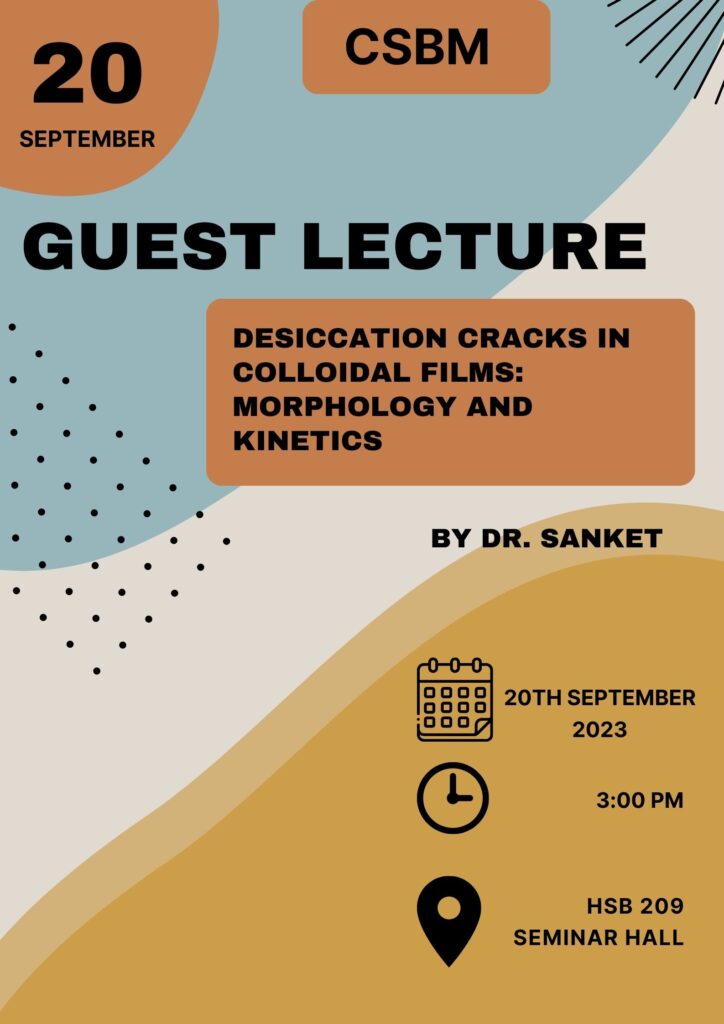Desiccation Cracks in Colloidal films: Morphology and Kinetics

Abstract
Desiccation cracks, also referred to as drying-induced cracks, manifest as structural irregularities in particulate or polymer films due to the evapo ration of liquid during the drying process. These cracks emerge due to the interplay between compressive capillary pressure and resistance offered by the substrate against material shrinkage. They are a common phenomenon in nature and are observed in dried mud or paint on walls, etc. [1]. This thesis investigates the structure and kinetics of desiccation cracks within colloidal films and delamination of colloidal films. The temporal and spatial evolution of these cracks are examined in detail. The impact of factors like particle aspect ratio, substrate wetting properties, polarity, and the degree of particle surface charge on the structure and kinetics of desiccation cracks will be explored. Furthermore, the study introduces facile techniques to control, mitigate, and tune the characteristics of desiccation cracks [2,3,4].
[1] Goehring et al., Desiccation cracks and their patterns: Formation and Modelling in Science and Nature, Jhon Wiley & Sons; 2015.
[2] Kumar et al., Colloids and Surface A: Physicochemical and Engineering Aspects, 2022, 641, 128579.
[3] Kumar et al, Langmuir, 2022, 38, 7906-7913.
[4] Kumar et al, Langmuir, 2023, 39,29, 10249-10258.
